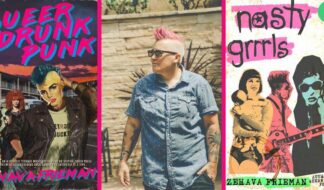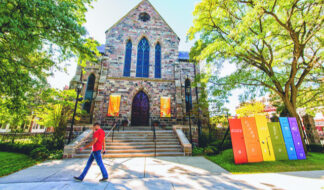‘Scream’ Screenwriter Kevin Williamson Confirms Billy and Stu’s Queer-Coded Relationship Was Based on Real Gay Killers
Star Neve Campbell recently told Pride Source that some of Stu’s anger comes from sexual repression
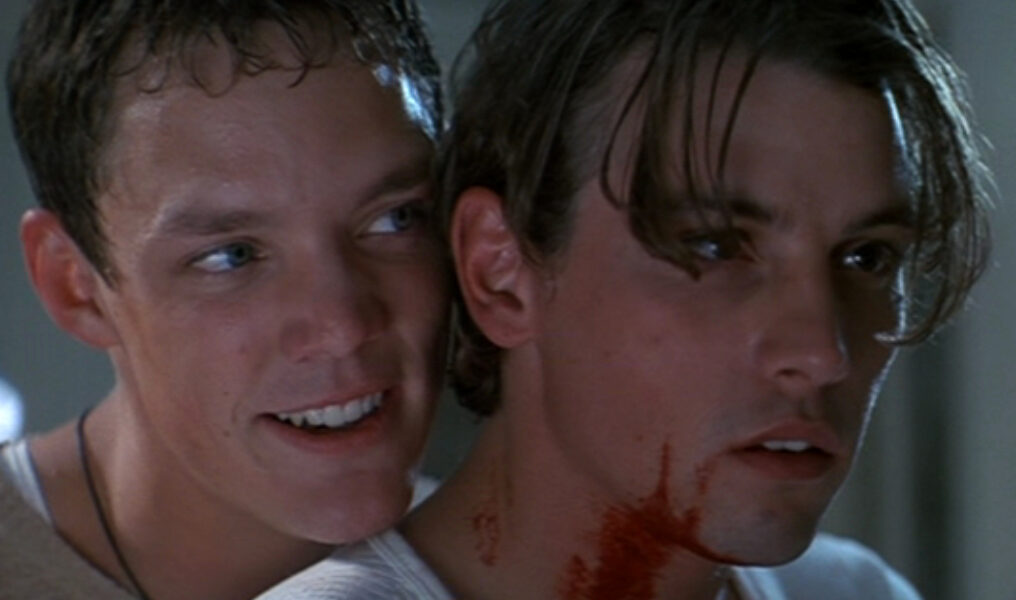
If you’re still wondering about those homoerotic undertones 25 years after Billy Loomis and Stu Macher terrorized Woodsboro in Wes Craven’s “Scream,” you’ve been on the right track all along.
Ahead of the new “Scream,” out Friday, openly gay screenwriter of the first “Scream," Kevin Williamson, has confirmed that Billy (Skeet Ulrich) and Stu (Matthew Lillard), who are thought to be queer by many LGBTQ+ fan theorists, were based on infamous mass murderers Nathan Freudenthal Leopold Jr. and Richard Albert Loeb, both of whom reportedly admitted they were gay and in a relationship.
In May 1924, Leopold and Loeb, who’ve been called the “LGBTQ+ prototype for Bonnie and Clyde,” killed 14-year-old Bobby Franks as an act of intellectual superiority. It’s been called the “perfect crime,” one that has influenced Alfred Hitchcock’s “Rope” as well as the 2002 crime thriller “Murder by Numbers.” Both are noted for their homoeroticism.
Now, nearly three decades after “Scream” came out, theorists can officially categorize “Scream” in that same queer-coded realm.
“It’s very sort of homoerotic, in the sense that there were these two guys that killed this other person just to see if they could get away with it,” Williamson said, drawing parallels between the Leopold and Loeb case and Billy and Stu. “And one of the reasons that one could get the other one [to follow] is because I think the other one was secretly in love with him. And it was sort of a fascinating case study on double murderers. If you Google 'Leopold and Loeb,' you will see. And you'll read about it and you'll get, OK, that's Billy and Stu.”
This wasn’t lost on “Scream” queen Neve Campbell, who has starred as the film’s Ghostface-fighting heroine mainstay Sidney Prescott. When asked about Billy and Stu in a revealing new interview with Pride Source, Campbell acknowledged a “burgeoning love relationship,” before elaborating on exactly what that means.
After calling them “pretty confused guys,” she said, “Maybe some of their anger comes from not being allowed to be who they want to be, if you wanna go there.” Was Stu more in love with Billy than the other way around? “Yeah, yeah. Yes,” Campbell answered definitively.
“One was the follower and one was the leader,” Williamson said. “And that alone sort of sets up the dynamic of a hidden relationship.”
“Is Stu secretly in love with Billy? Maybe. Did Billy manipulate that? Possibly,” added Williamson, who created “Dawson’s Creek” and wrote the screenplays for “I Know What You Did Last Summer” and “The Faculty.” “It's all left up for you to wonder, because clearly Billy's the one who was leading. Billy was the one who had the mother. Billy was the one who was sort of orchestrating it. And Stu was the person who helped carry it out. So it sort of put Stu in that position of, what was his feelings toward his best friend? That we do not know. It’s just left to keep you wondering.”
Not everyone wondered. Some just knew. The 2000 comedy “Scary Movie,” which parodied scenes from “Scream,” picked up on the queer vibes between Billy and Stu. In one scene, Ray (Shawn Wayans), based on Stu, and Bobby (Jon Abrahams), based on Billy, joke about being gay, divulging to a Sidney-like character called Cindy (Anna Faris) that, “That’s right, Cindy, I’m gay. And in case you haven’t noticed, so is Ray.”
Williamson admits that when he wrote the original “Scream,” which was released in 1996, he was “very hesitant to present the gay side of me in my work,” resulting in the queerness of characters Billy and Stu being “a little coded and maybe accidental.”
Now, he said, “maybe I’d be braver. Maybe I wouldn’t be that shy little gay writer who felt like he couldn’t get away with it.”
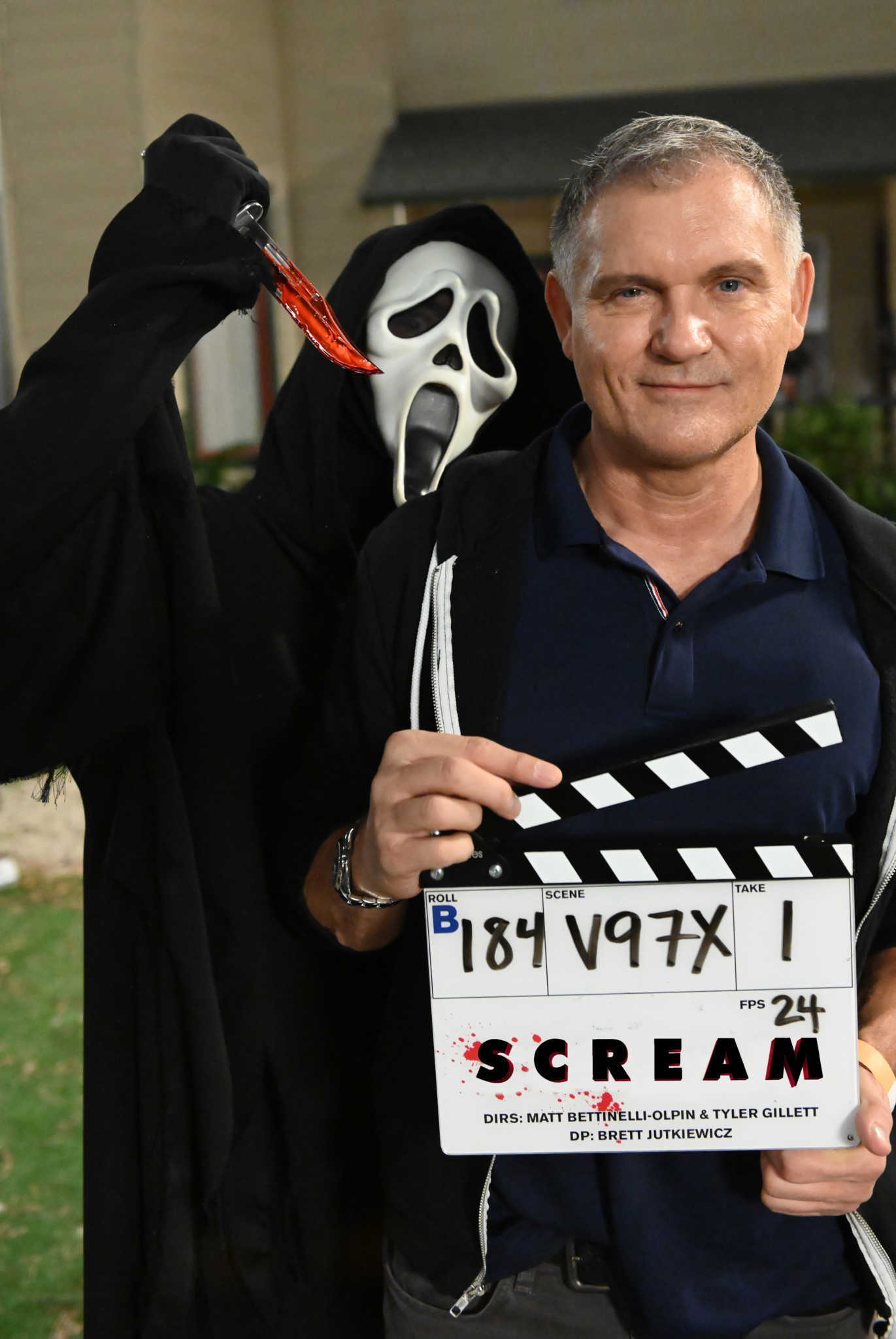
Williamson grew up in the South in both Texas and North Carolina, places where he understood “that fight for survival that you feel, like you’re trying to hide yourself. And then just trying to survive until you can get out of that small town and be yourself and express yourself.”
Recently, in an interview with The Independent, Williamson confessed that the “Scream” movies are “coded in gay survival,” with Sidney being, essentially, a manifestation of his struggles as a gay person.
“It’s always the survival tales that connects us,” he told Pride Source this week. “And so I think that’s one of the reasons Final Girls are so important to us as a gay audience.” Before he wrote Sidney, he related to Jamie Lee Curtis’ Laurie Strode in “Halloween” because, being gay, “he understands the “plight of the Final Girl.”
“I know what it’s like,” he added. “I think gay kids everywhere understand that survival element that we have to sort of create in ourselves. And when we’re watching that Final Girl have to prove herself and rise to the challenge and save her life, I think that’s something gay kids anywhere can relate to.”
Touched by how many LGBTQ+ people have felt inspired by Sidney, Campbell said her heroic character “gives people that confidence that they can overcome” and that she understands why “it makes sense certainly for the queer community and gay men. But I think also just for anyone who has struggled with bullying or challenges, and in their youth especially.”
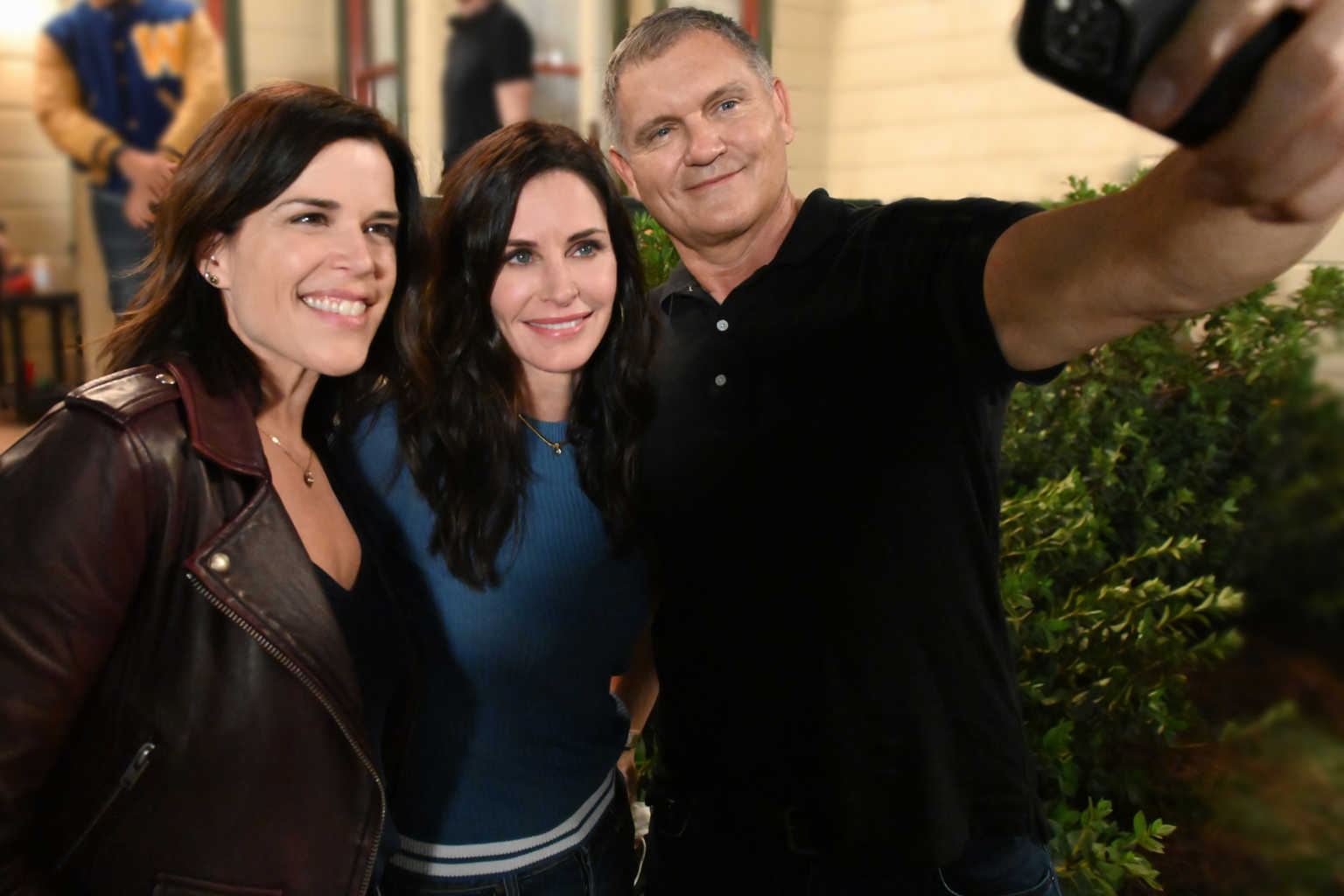
And then, of course, there’s pushy, stubbornly pertinacious TV journalist Gale Weathers (Courteney Cox) who, Williamson said, “would fit right in with the ‘Will & Grace’ crowd.”
“She represents one side of my voice,” he said, “which is part of who I am.”
In the new installment of “Scream,” titled the same as the original that was released to massive and ever-growing fandom 25 years ago, Williamson is reveling in the fact that there’s an openly queer woman of color, Mindy (played by Jasmine Savoy-Brown, a queer actor of color), among the new teen cast. Battling Ghostface alongside the new teens is the legacy cast, which includes Campbell, Cox and, returning as deputy sheriff Dewey Riley, David Arquette.
Of course Mindy is a result of a shift in LGBTQ+ representation — now, to queer-code characters would be an embarrassing step backwards — but Williamson also attributes the character to a shift in his own growth as a gay man. That growth, he said, led him to write the character of Jack McPhee, an openly gay teen who appeared as a “Dawson’s Creek” series regular starting in 1998.
“I felt empowered,” he said. “I felt like, OK, now I can start expressing myself and really write that part of me that I really want to write.”
With Mindy in “Scream,” he feels great affection for the character who he says “just exists.”
“We’re in a place now where she’s just part of the group,” he added. “And it’s just part of life. I think that was beautiful.” Campbell, too, agreed it was “a beautiful thing.”
When Williamson received the director’s cut of the new “Scream,” which he executive produced but didn't write, he watched it with his partner. His affection for Sidney runs so deep that, as he watched her appear for the first time onscreen, jogging down the boardwalk with her baby carriage, turning to the camera to answer a call from Dewey, he cried.
“I did,” he said. “I teared up.”




